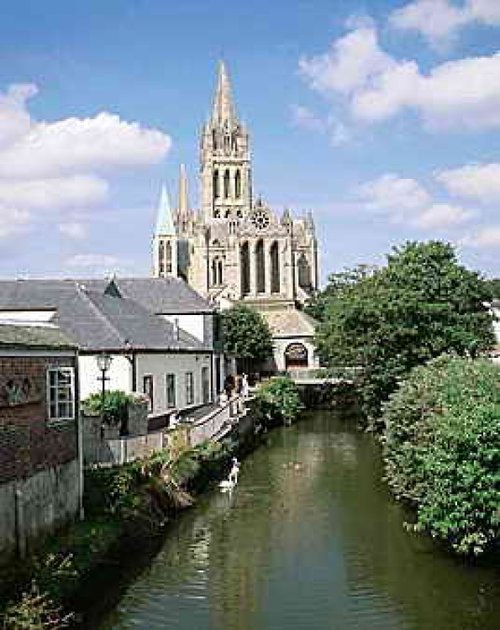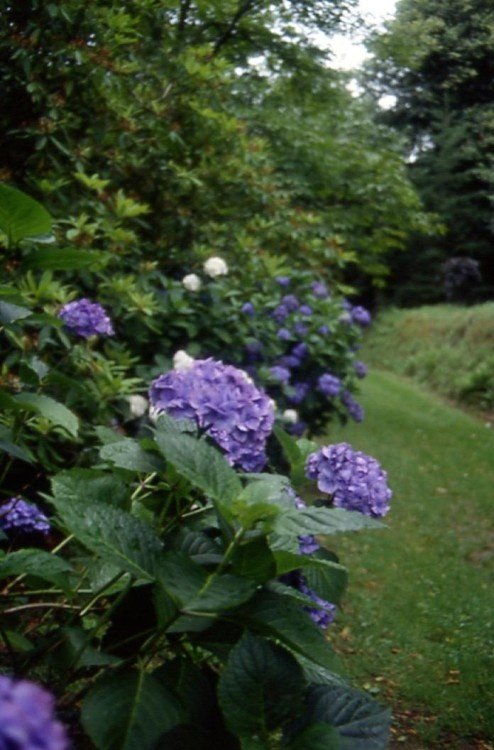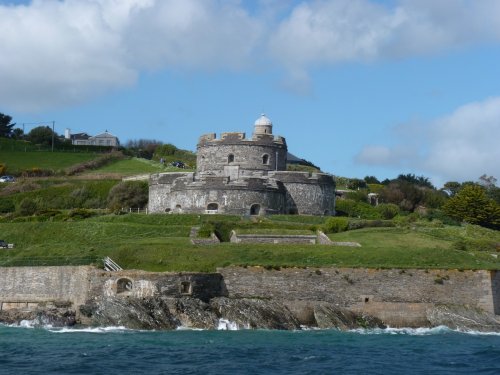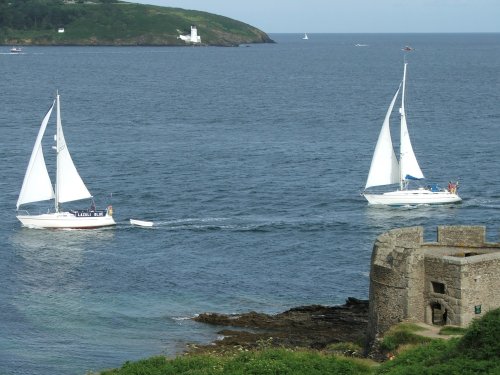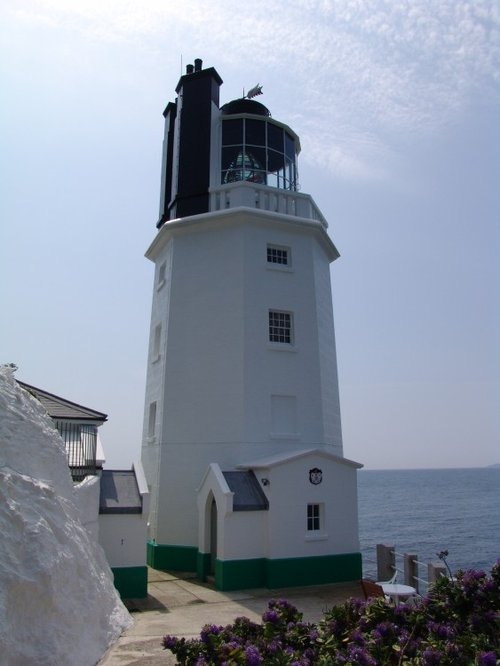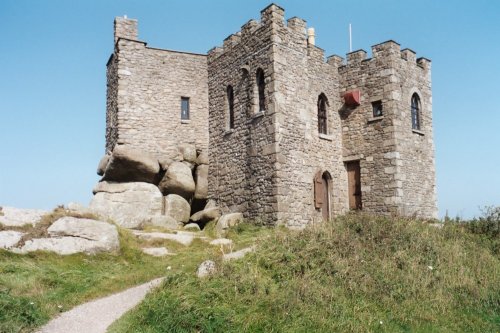Pictures of Truro
About Truro
The lovely Cathedral of Truro was fortunate to have the patronage of H.M.King Edward VII and H.M. Queen Alexandra, who graciously permitted their names to be bestowed upon the 204ft high Western towers that were completed in 1910. The south-western tower is named after the King, while the north-west tower is named after Queen Alexandra.
This great house of God, stands on the site of the former 16th-century parish church of St.Mary which was demolished to make way for the new Cathedral, which was designed by John Loughborough Pearson. The south aisle is this only part of the old church not to be demolished, it was incorporated into the new building. The Cathedral is in the Early English style, apart from the two western towers, a third tower rises majestically to a height of 250ft above the point where nave and chancel meet. This tower is dedicated to Queen Victoria and was completed in 1903. Interestingly, and unusually, all three towers are crowned by stone spires.
Truro, today is Cornwall's unofficial capital and adminstrative centre but in the Middle Ages Truro was one of the towns which controlled Cornwall's flourishing tin mining industry. Surprisingly, in the same period and in spite of being several miles from open seas, the town developed as a port. In the 17th-century, just as the town of Falmouth developed, Truro no longer held on to it's position as a major outlet for tin. The town suffered financial hardship and it was thought that this was through the reduction of it's port authority, ordered because Charles II felt the town had not been sufficiently loyal to his father during the Civil War. Fact or Legend, who knows.
Apart from the Cathedral, the town of Truro has some marvellous examples of Georgian architecture, and Lemon Street is one of the best preserved georgian streets in England. There is a superb mix-match of fine architecture from all periods to be seen around the town. Beautifully preserved and well cared for cottages and houses pop up at every turn and the fine Assembly Rooms, built of Bath stone, date from late 16th-century.
The County Museum and Art Gallery, perfectly illustrates Cornish life and archaeology. Cornish wildlife and crafts are featured and the museum contains many fine paintings, porcelain, English Pewter and Japanese ivories and lacquer. There is a fascinating display of Cornish mineral stone.
Regular markets are held in the town and these include antique markets. There are several quaint craft shops as well as a good supply of shops who stock merchandise to meet the demands of modern day living. Excellent fish and seafood are served in all local inns and restaurants along with good wine or a refreshing pint of ale or cider! The town has a pleasant indoor swimming pool and there are regular river cruises. The town is surrounded by some of the most enchanting coastal villages to be found in Cornwall and amid some of England's most glorious countryside.
(7.4 miles, 11.9 km, direction S of Truro)St. Mawes is the stuff picture postcards are made of, the sunlight reflecting on the frothy ocean waves, the warm sea breezes, dreamy thatched cottages overlooking the bay...
